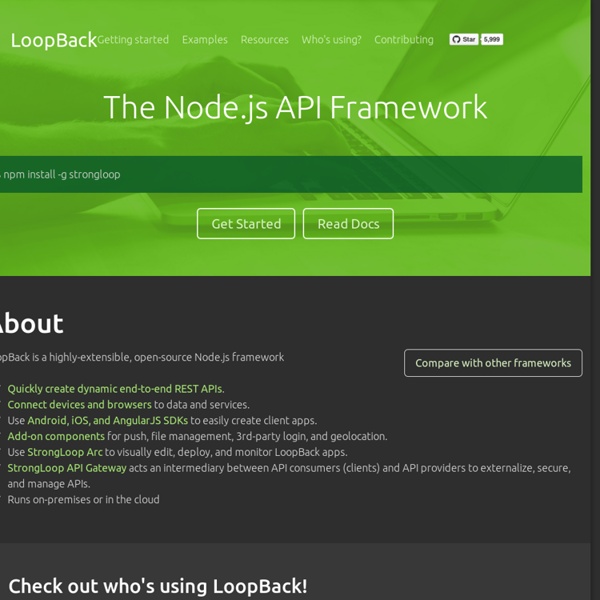



Foundations of RESTful Architecture - DZone - Refcardz The limited number of verbs in RESTful systems confuses and frustrates people new to the approach. What seem like arbitrary and unnecessary constraints are actually intended to encourage predictable behavior in non-application-specific ways. By explicitly and clearly defining the behavior of these verbs, clients can be self-empowered to make decisions in the face of network interruptions and failure. There are four main HTTP verbs (sometimes called methods) used by well-designed RESTful systems. The most common verb on the Web, a GET request transfers representations of named resources from a server to a client. One of the key points about the GET request is that it should not modify anything on the server side. Do not do this! GET requests are also intended to be idempotent. The situation gets a little less clear when we consider the intent of the POST and PUT verbs. POST is used when the client cannot predict the identity of the resource it is requesting to be created.
Which Is the Hottest UI Framework in the Java World: JSF or JavaFX? - Beyond Java One of my web site’s visitors inspired me to write an article about which of the Java GUI frameworks I recommend. They specifically wanted to compare JSF and JavaFX. So I’ll begin with these two frameworks before I talk about other frameworks as well. Please feel free to leave a comment if you’d like to add something. The article covers a lot of frameworks, and I can’t know every framework equally well. Since writing the article, Java UI framework have become remarkably unpopular. Java Server Faces is the GUI framework offered by JEE. Well, actually, many developers and architects do claim JSF is something to get rid of. Update Aug 05, 2017: For a couple of months, even Oracle, the owner of JSF, was suspected to drop JSF. Back to the topic. One of the reasons is that JSF 1.x had a lot of problems. However, there are a few disadvantages of JSF, even if we talk about the current versions. Our team decided to write a tiny JSF component library to alleviate the pain. Rubbish. No.
A Brief Introduction to REST You may or may not be aware that there is debate going on about the “right” way to implement heterogeneous application-to-application communication: While the current mainstream clearly focuses on web services based on SOAP, WSDL and the WS-* specification universe, a small, but very vocal minority claims there’s a better way: REST, short for REpresentational State Transfer. In this article, I will try to provide a pragmatic introduction to REST and RESTful HTTP application integration without digressing into this debate. I will go into more detail while explaining those aspects that, in my experience, cause the most discussion when someone is exposed to this approach for the first time. Key REST principles Most introductions to REST start with the formal definition and background. Give every “thing” an ID I’m using the term “thing” here instead of the formally correct “resource” because this is such a simple principle that it shouldn’t be hidden behind terminology. Link things together
Front-end frameworks | Firsthand Front-end Developer Tips I spent some time interviewing my colleagues, gathering useful tips from various Pentalog developers in regards to front-end frameworks and compiled them here. No matter what JavaScript framework you use it helps to know how to best leverage its strengths for your IT project. If you want to pick up some lesser known tips and learn about how our developers work, four Pentalog IT experts will share their knowledge below on Angular, React and Vue, which are some of the most popular front-end frameworks used to create websites. ReactJS: “I am very pleased with the performance of this front-end framework.” – Mihai, Front-end Web Developer, Pentalog Cluj What framework do you use and how do you use it? Mihai: My favorite framework so far and the one I’m currently using is ReactJS I know React by itself is actually a JavaScript library, but the many modules you can include make it very easy to transform it into a fully-fledged front-end framework. Do you have any ReactJS tips? – Use Flux or Redux
Apiary — How It Works If things go wrong with your developers' API calls, helping them debug can be a royal pain—TCP dumps, Wireshark, installing local HTTP proxies… Not fun. But now your developers can just opt to send their API calls through Apiary's debugging proxy. We'll show them the exact data, down to HTTP level, and outline differences from API documentation, or even perform validations against your schema. If that doesn't help, they can always send you a bug report with all the detailed data attached. List of records Single record Diff description
tripit/slate amark/gun: A realtime, decentralized, offline-first, graph database engine.